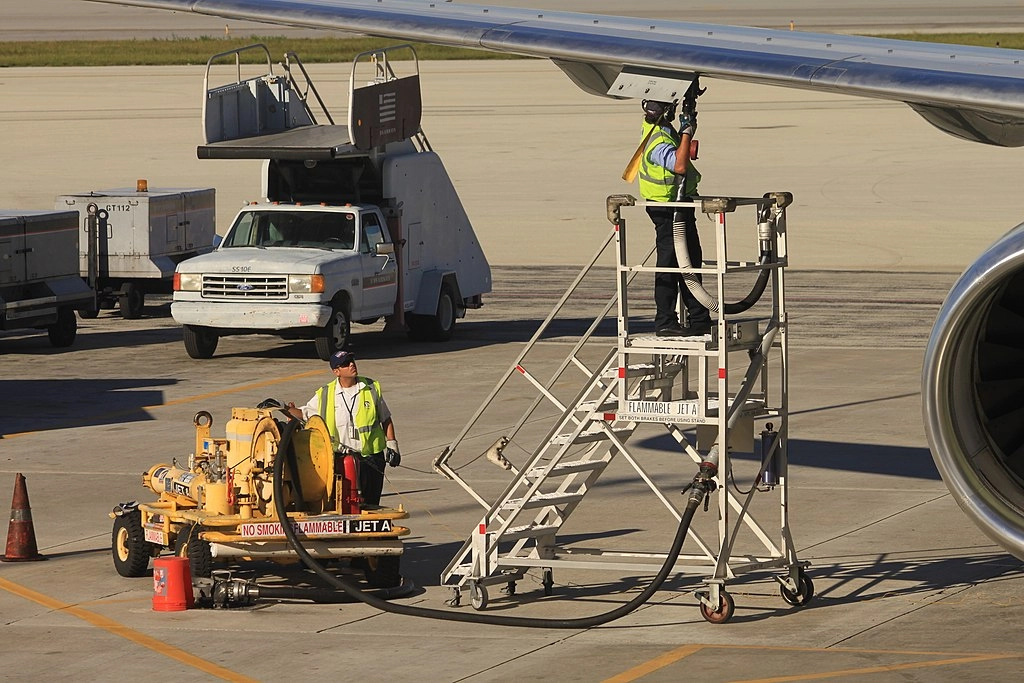
Airline companies spend a considerable amount of money on fuel, ranging from 20% to 40% of the overall expenses, which varies depending on the cost and location. However, it is crucial to understand the fuel requirements for each aircraft type and flight. Let's take a deeper look.
How much fuel does an aircraft need?
Each aircraft requires a unique amount of fuel to fly, based on factors such as the size and efficiency of the aircraft, as well as external factors such as cargo weight, weather, and jet stream direction. Furthermore, planes do not typically fill up their tanks to maximum capacity, as carrying excess fuel reduces efficiency.
Some airlines opt to only refuel their planes after a round trip, while others keep enough fuel for the return journey and beyond, particularly on shorter flights where fuel is less expensive at the home airport. However, refueling can be a complicated and time-consuming process, and topping up a plane's tank can lead to longer delays.
How much does fuel cost?
Of course, the fuel used in airplanes is not the same as the fuel used in cars, although it is somewhat similar to diesel. Therefore, prices tend to fluctuate less than at regular gas stations, and there is not as much competition at the pumps.
Nonetheless, the question of how much airlines pay for fuel per flight per aircraft remains unanswered. The Points Guy compiled the following data on average fuel costs for some popular US routes in 2019:
- New York's JFK Airport to London Heathrow (LHR) - $27,270
- JFK to Los Angeles International Airport (LAX) - $10,757 (5,325 gallons)
- Chicago's O'Hare International (ORD) to Miami Airport (MIA) - $4,747 (2,350 gallons)
- MIA to ORD - $7,201 (3,565 gallons)
The northward return trip to Chicago requires more fuel (an additional 1,200 gallons or so) due to the crowded conditions of landing at a major airport.
Prices at the center of attention
To no surprise, the prices mentioned earlier are constantly changing based on market conditions. While the pandemic caused low fuel prices in 2020-21, 2022 has seen a reversal of this trend. Fuel hedging is often used by airlines to safeguard against sudden market fluctuations, although this method has both paid off and cost many airlines in recent times.
Consequently, airline executives are warning of rising fuel prices and the possibility of increased fares as a result. Furthermore, while car drivers might have to think about refueling once a week, airlines must do so on a daily basis. This presents an additional challenge for carriers in Europe, North America, and Australia, which are trying to restore pre-COVID staffing levels even though travel demand has already reached, and sometimes surpassed, that pace.
Source: https://simpleflying.com/commercial-airliner-fuel-cost/